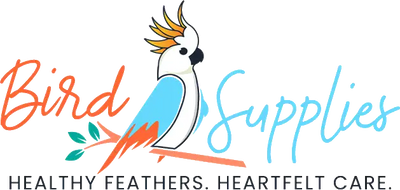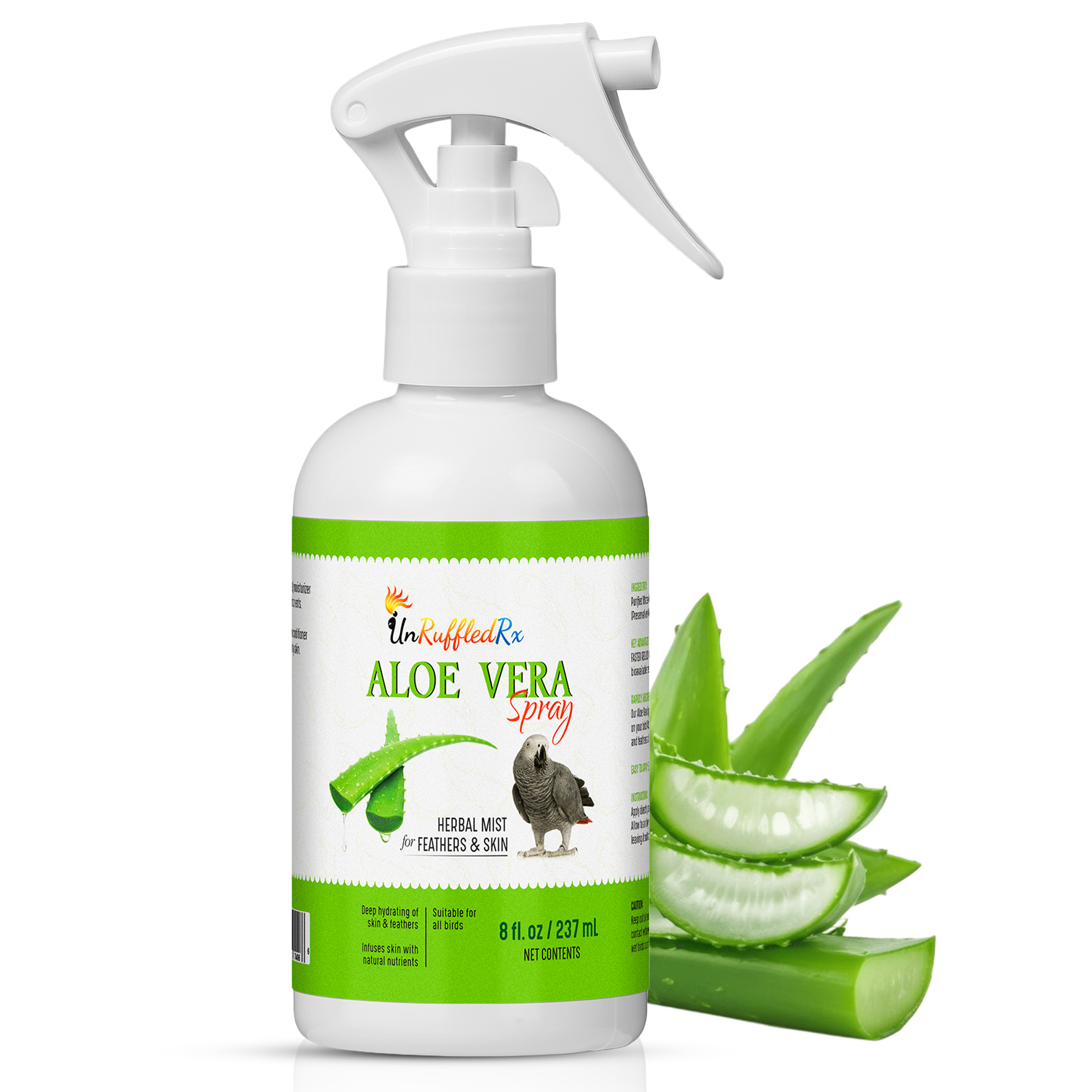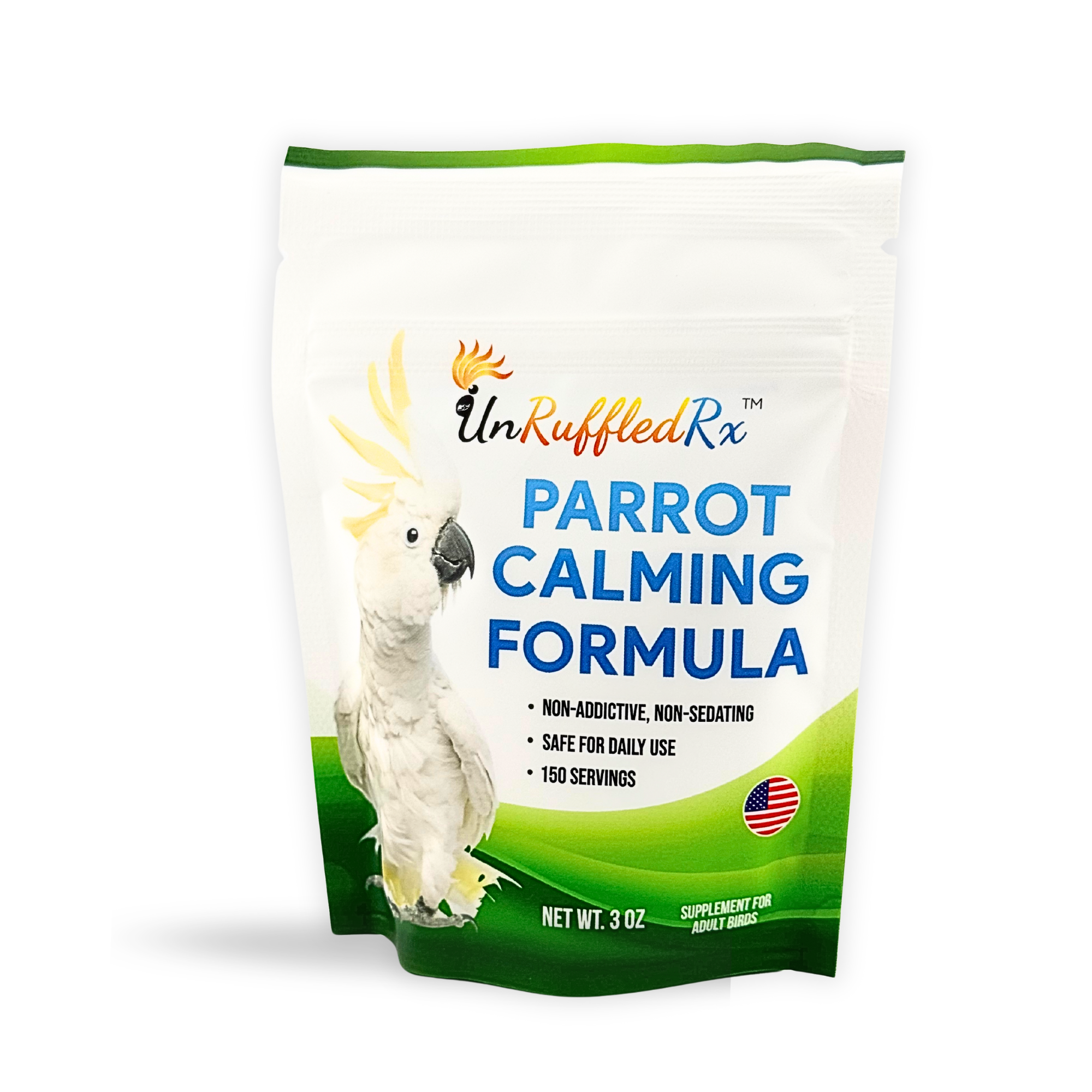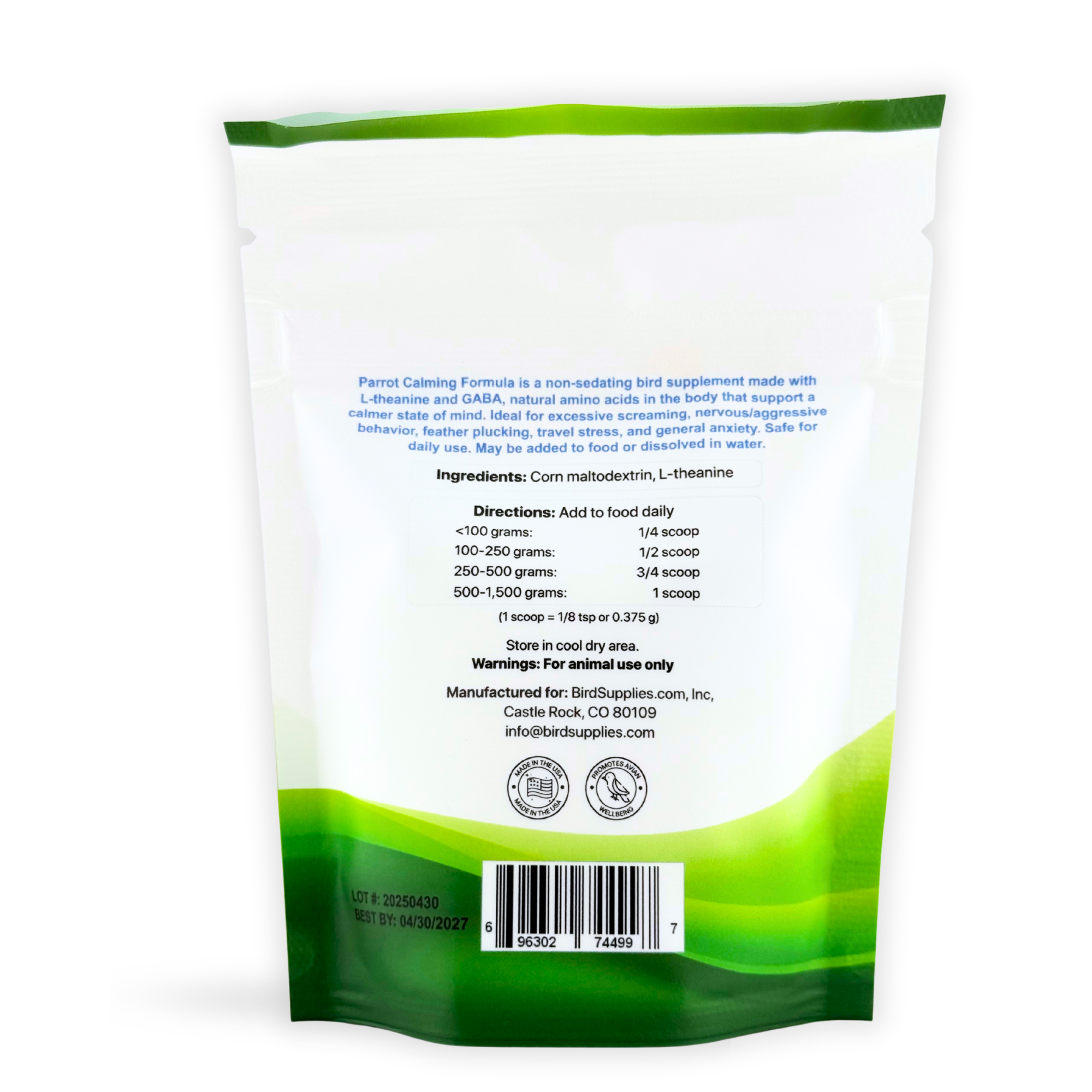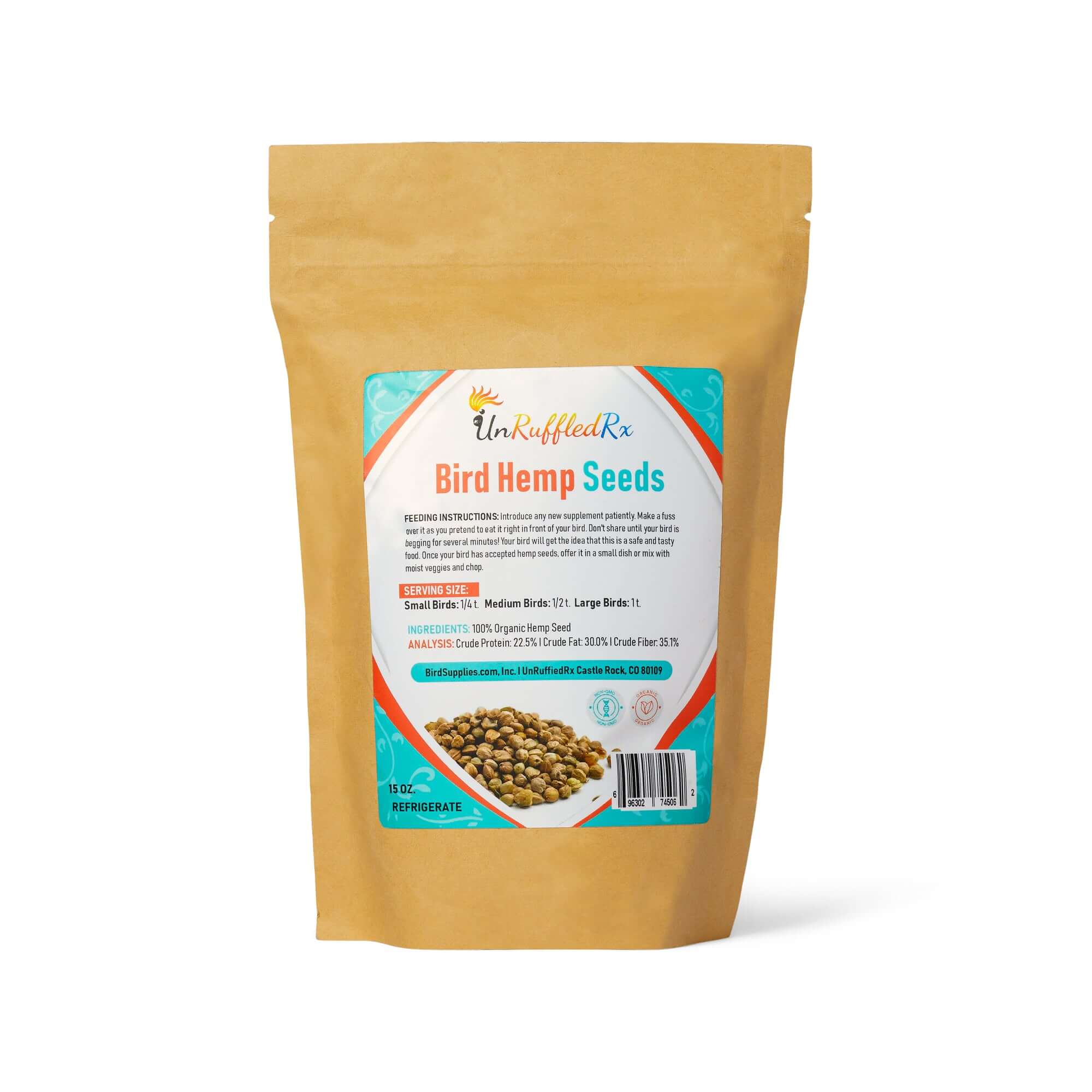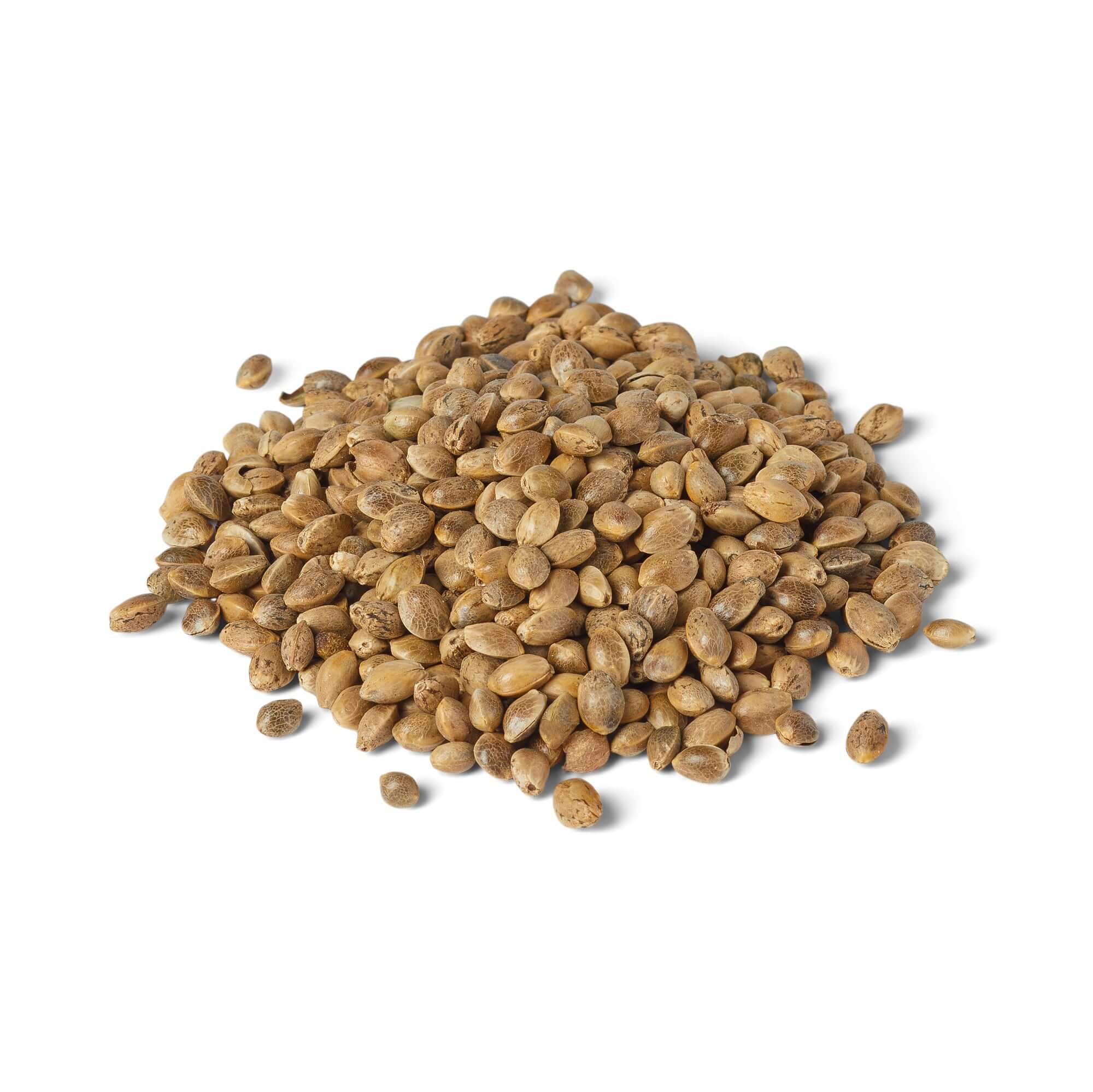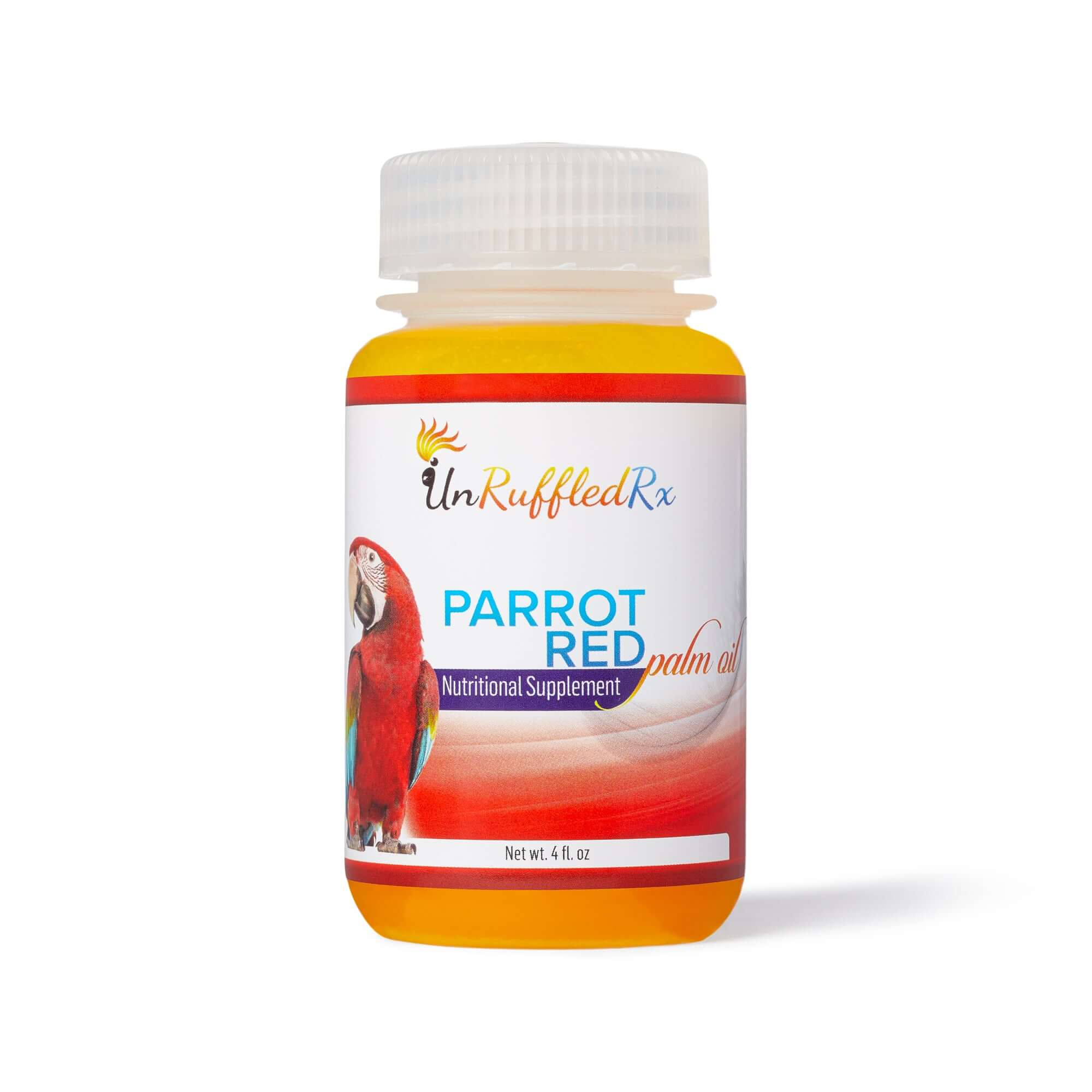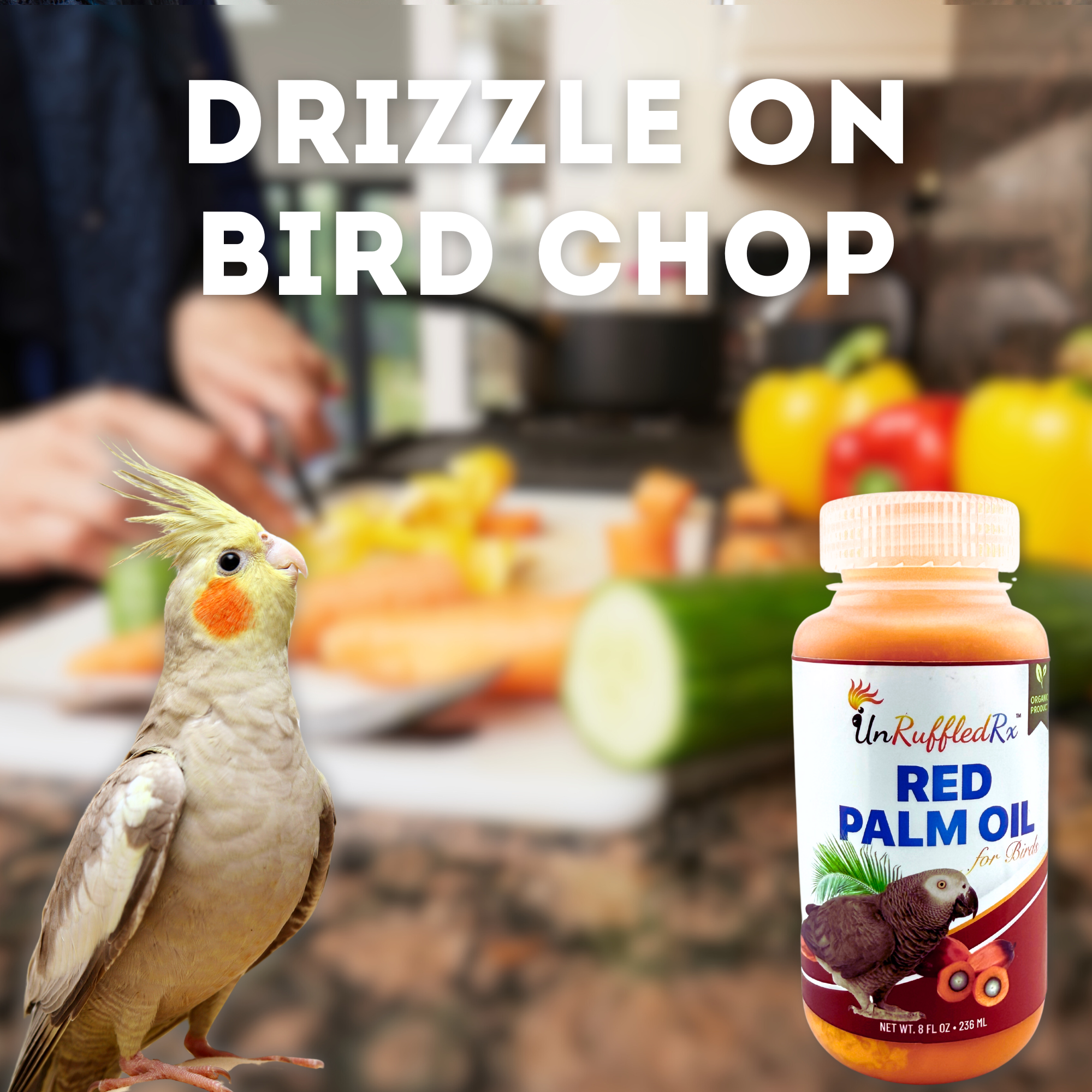- Why Summer’s a Great Time to Try Fresh Bird Food
- Gardening for Birds: Grow Your Own Parrot Snacks
- What Ingredients Can I Use in Bird Chop Recipes?
- 3 Easy Bird Chop Recipes for Summer Nutrition
- Farmer’s Market Bird Food Finds: What to Buy
- Bonus Bird Treat Recipes Worth Bookmarking
- How to Serve Bird Food Safely in the Summer Heat
- FAQs + Free Bird Chop Planner
Bird food in summer doesn’t have to be boring. In fact, it’s the perfect excuse to shake up your parrot’s diet with fresh, hydrating produce they’ll actually want to eat. Whether you’re growing your own greens, hitting the farmers market, or blending up a batch of birdie chop, this guide brings the best of summer straight to your bird’s perch. Let’s dig in.
Why Summer’s a Great Time to Try Fresh Bird Food
Summer = Variety + Hydration
Summer produce hits different. It’s colorful, crunchy, and packed with hydration—just what your bird needs to beat the heat and stay active.
✔️ Juicy melon chunks? Yes.
✔️ Shreddable kale? Always.
✔️ Bell peppers they can toss across the cage? Even better.
And since most summer veggies are lower in sugar than fruit, you’re supporting gut health, too.
Organic Is Easier to Find
You don’t need to grow your own food to keep things clean and bird-safe. Farmers markets are overflowing with organic—or nearly organic—produce.
Skip the pesticide rinse dance. Just wash, chop, and serve.
Bonus: you’ll feel good about shopping local and your bird will taste the difference.
It’s Just More Fun
Summer’s the perfect excuse to spice things up (not literally—no chili flakes here). Rotating produce, adding new colors, and tossing in a frozen fruit cube now and then keeps your bird curious and engaged.
It also makes trying new foods way less intimidating. Don't stress if they don’t eat it right away.
Let them play with their food.
Let them toss it.
Let them taste-test.
That’s how parrots learn. Summer is the season of experimentation—for both of you.
Gardening for Birds: Grow Your Own Parrot Snacks
What to Plant
Whether you’ve got a backyard or just a sunny balcony, growing fresh food for your bird is easier than you think. Many bird-safe plants grow fast and don’t need much space.
Top picks: kale, chard, basil, parsley, dill, nasturtium, cherry tomatoes, and bell peppers. All of them are safe, nutritious, and perfect for birds to nibble, shred, or forage.
Start with raised beds, hanging planters, or even window boxes. No matter your space, you can grow something your bird will love.

Safe Gardening Practices
Your bird’s body is tiny and sensitive—so what you use on your plants really matters. Avoid chemical fertilizers, herbicides, or pesticides at all costs.
Instead, go natural with compost, worm castings, and beneficial bugs like ladybugs. Neem oil and companion planting (like basil near tomatoes) can also help with pests without hurting your parrot.
Always rinse produce before offering, even if it’s homegrown. Safety first.
Grow Indoors Too
No outdoor space? No sweat. Herbs like basil, mint, cilantro, and parsley do great indoors with just a sunny windowsill or grow light. You can even grow microgreens for quick, easy bird chop add-ins.
Wheatgrass trays and sprouting jars are another fun project—plus they’re great enrichment for curious birds.
And yes, your parrot will absolutely try to help with the harvest. Supervised foraging straight from the pot? Enrichment gold.
What Ingredients Can I Use in Bird Chop Recipes?
Top Summer Fruits
Summer fruits are packed with hydration and flavor—perfect for a refreshing bird chop base. Stick with low-sugar, antioxidant-rich fruits to keep things light and healthy.
Safe picks: watermelon, mango, blueberries, pomegranate, papaya, and apples (just make sure to remove the seeds).
Dice them up into tiny bits and serve them in rotation to keep things exciting. Too much fruit can lead to sugar spikes, so aim for 10–20% of the overall chop mix.
Top Summer Veggies
Veggies are the heart of a good chop. They're lower in sugar, rich in nutrients, and birds love the crunch and variety of colors.
Go for nutrient-dense picks like dark leafy greens (kale, dandelion, chard), carrots, corn, red peppers, and zucchini. Chop them small or shred for easy eating.
Need to boost foraging behavior? Leave in a few big chunks for them to tear into—bonus enrichment!
Bird-Safe Herbs & Extras
Herbs aren’t just garnish—they’re nutrition powerhouses. Mint, basil, oregano, dill, and rosemary all support digestion and make the chop more aromatic and enticing.
You can also mix in omega-rich extras like chia seeds, flaxseed, or cooked quinoa. These tiny add-ons offer texture, healthy fats, and even protein for growing or molting birds.
Sprouted legumes, soaked grains, or a pinch of turmeric or cinnamon can also elevate your chop to wellness food status. Just remember—small amounts go a long way.
3 Easy Bird Chop Recipes for Summer Nutrition
Tropical Garden Chop
- Ingredients:
- 1/4 cup mango (diced)
- 1/4 cup papaya (diced)
- 1/4 cup red bell pepper (chopped)
- 2 tbsp cooked quinoa (cooled)
- 1 tbsp fresh mint (chopped)
- 1 tbsp fresh cilantro (chopped)
- Optional: 1 tsp Omega Glow supplement
- Instructions:
- Chop all fresh ingredients into small, bird-safe pieces.
- Gently toss together in a bowl with the cooled quinoa.
- Add Omega Glow if desired and mix well.
- Serve fresh or refrigerate in an airtight container for up to 2 days.
- Why It’s Great: High in hydration, antioxidants, and feather support—especially helpful for molting season.
Summer Berry Mint Mix
- Ingredients:
- 1/4 cup blueberries
- 1/4 cup strawberries (hulled and chopped)
- 1/4 cup chopped romaine
- 1 tbsp chopped kale
- 1 tbsp fresh mint (chopped)
- 2 tbsp sprouted lentils
- Instructions:
- Wash and chop all ingredients into small pieces.
- Mix thoroughly and serve chilled for a refreshing treat.
- For enrichment, stuff it into foraging toys or serve on a skewer.
- Why It’s Great: Loaded with vitamin C, fiber, and hydration—perfect for cooling your bird down.
Hydrating Veggie Medley
- Ingredients:
- 1/4 cup cucumber (diced)
- 1/4 cup zucchini (diced)
- 1 tbsp parsley (finely chopped)
- 1/4 cup red or yellow bell pepper (chopped)
- 1 tbsp apple (finely chopped, no seeds)
- Instructions:
- Dice all ingredients into tiny, bird-sized pieces.
- Mix and serve immediately in a cool dish.
- Optional: lightly mist with filtered water for added moisture.
- Why It’s Great: A fruit-light, veggie-forward blend that keeps hydration levels up without the sugar overload.
Farmer’s Market Bird Food Finds: What to Buy
Best Picks for Bird Food in Summer
Summer is prime time for loading up on fresh, colorful produce that makes the perfect bird food in summer. Farmer’s markets are overflowing with safe, affordable, and nutrient-rich options your bird will love.
Look for: leafy greens like kale, dandelion, and Swiss chard; hydrating fruits like watermelon, cantaloupe, and blueberries; and crunchy veggies like corn, bell pepper, carrots, and squash. These all offer texture, variety, and essential nutrients.
How to Choose Ripe, Bird-Safe Produce
Skip anything with bruises, mold, or shiny wax coatings. Ripe fruits should be firm but not hard, and veggies should feel crisp, not limp. Ask farmers if their produce is sprayed—organic or spray-free is always safer for your flock.
Stick with whole, unprocessed items and avoid anything pre-cut, pre-seasoned, or treated with preservatives. Always wash well before serving, even if it’s organic.
Blanch and Freeze Extras to Stretch Your Summer
If you’ve overbought (been there!), don't let it go to waste—prep and freeze it. Blanching is a quick way to preserve nutrients, color, and texture before freezing veggies.
Here’s how: boil water, dunk chopped veggies for 30–60 seconds, then transfer them to an ice bath. Dry thoroughly, portion into freezer-safe containers, and freeze.
Best for blanching: corn off the cob, green beans, peas, carrots, and leafy greens like kale or chard. These freeze well and make great chop add-ins all winter long.
For fruits, skip the blanching. Just wash, chop, and freeze items like berries, melon, or mango in small, bird-sized portions. Store in silicone molds or airtight containers for easy grab-and-serve options.
Bonus Bird Treat Recipes Worth Bookmarking
Frozen Fruit Pops
- Ingredients:
- 1/4 cup fresh blueberries
- 1/2 cup seedless watermelon chunks
- 1/4 cup unsweetened oat milk (or filtered water)
- Instructions:
- Add fruit and oat milk to a blender and blend until smooth.
- Pour mixture into silicone molds or ice cube trays.
- Freeze overnight.
- Pop one out midday and serve in a shallow dish for a cooling enrichment treat.
- Why It’s Great: A hydrating, low-sugar snack to beat the heat—especially appreciated after foraging or training sessions.
Kale Spring Rolls
- Ingredients:
- 4 rice paper wrappers
- 1/2 cup kale (stems removed, chopped)
- 1/4 cup shredded carrots
- 1/4 cup thinly sliced cucumber
- 1/4 cup red bell pepper (julienned)
- Instructions:
- Soak each rice paper wrapper in warm water for about 15–30 seconds, until pliable.
- Lay wrapper flat and layer kale, carrots, cucumber, and bell pepper in the center.
- Fold the bottom of the wrapper over the filling, fold in the sides, then roll tightly like a burrito.
- Cut into small sections or serve whole for a foraging adventure.
- Why It’s Great: Encourages shredding, chewing, and natural foraging behaviors. Bonus: no baking or cooking required.
Sweet Potato Balls
- Ingredients:
- 1 large cooked sweet potato (peeled and mashed)
- 1/2 apple (finely chopped, no seeds)
- 1/2 banana (mashed)
- 1/4 cup quick oats
- 2 tbsp dried cranberries (unsweetened and chopped)
- 1/2 tsp turmeric
- 1 tsp sesame seeds
- Instructions:
- Combine all ingredients in a bowl and mix until well blended. Add a splash of water if mixture is too dry.
- Roll into 1-inch balls and place on a parchment-lined tray.
- Freeze for at least 3 hours.
- Store in a resealable bag and serve thawed or frozen.
- Why It’s Great: Soft, nutrient-dense, and easy to hold with feet or beaks. Plus, the turmeric supports inflammation and joint health.
How to Serve Bird Food Safely in the Summer Heat
Limit Time Out
Fresh fruits and vegetables can spoil quickly when temperatures rise, especially in homes without air conditioning or in outdoor aviaries. As a general rule, remove uneaten fresh food within 30–60 minutes—especially anything with moisture like melons, berries, or chopped leafy greens.
Leaving food out too long creates the perfect environment for bacteria, mold, and yeast growth—all of which can make your bird very sick. Spoiled food can cause crop infections, gastrointestinal issues, or even fungal poisoning. When in doubt, toss it out.
Pro tip: Offer smaller portions more frequently throughout the day to reduce waste and lower the risk of spoilage.
Keep It Cool
Try serving bird chop or treats straight from the fridge or chilled slightly before mealtime. You can even cool the dish first by placing it in the freezer for 10 minutes before adding food.
Use shallow, ceramic or stainless steel dishes, and place them away from direct sunlight or heat sources. Avoid plastic bowls in hot weather—they retain heat and are harder to sanitize properly.
Skip cooked foods like grains or mash on especially warm days. Stick to raw, crisp produce that holds up better in heat and helps your bird stay hydrated.
Clean Bowls Daily
Wash food and water bowls every single day—more often if they sit in a warm or humid space. Use hot, soapy water and rinse thoroughly to remove all residue. Scrub off any dried bits of food stuck to the edges or corners.
Sanitize dishes weekly with a vinegar rinse or pet-safe disinfectant, especially if you’re rotating between raw and cooked meals. Avoid leaving bowls out overnight, and never reuse old food for the next meal.
Good dish hygiene = healthy gut, healthy bird. It's a small step that makes a big difference.
🌞 Top 5 Summer Feeding FAQs for Pet Birds
🍉 1. What fresh food can I safely feed my bird in the summer?
Stick to hydrating, nutrient-rich options like watermelon, cantaloupe, cucumber, berries, mango, and dark leafy greens (like kale or Swiss chard). Raw, crisp veggies are ideal—skip anything heavy, cooked, or oily.
⏳ 2. How long can fresh chop sit out in the heat?
In warm weather, remove fresh food after 30–60 minutes to prevent bacterial growth. Serve smaller portions more often, and always toss anything your bird didn’t eat. Better safe than sick!
❄️ 3. Can I freeze bird chop or fruit for hot days?
Absolutely! Freeze bird chop or fruit blends in ice cube trays or silicone molds. You can even blend fruit with water or oat milk for DIY frozen pops. Pop one out midday as a cooling treat and enrichment activity.
🚫 4. What foods should I avoid feeding my parrot in hot weather?
Avoid foods that spoil quickly like dairy, cooked grains left at room temp, mushy fruits, and anything salty, sugary, or fatty. No avocado, chocolate, or onions—ever. When in doubt, skip it.
💧 5. How do I keep my bird hydrated through food—not just water?
Focus on water-rich foods like melon, cucumber, kiwi, romaine, zucchini, and berries. Serve them slightly chilled for extra refreshment, and remember—some birds drink less when their chop is juicy, so monitor both!
In Conclusion...
🦜 Want to help your bird thrive through the summer heat?
Frozen treats and fresh chop are a great start—but sometimes your parrot needs more targeted support. That’s where UnRuffledRx by Avian Naturals steps in.
Our vet-trusted supplements are designed to support hydration, calm, feather health, and overall wellness—especially when the weather turns up the stress.
✔️ Look for us on Chewy
Help your bird stay happy, healthy, and cool—naturally.
Related Posts:
What Foods Are Poisonous To Birds
How Do I Keep My Bird Cool In The Summer
Feeding Your Parrot A Well-Balanced Diet
References:
Diane Burroughs, LCSW is a licensed psychotherapist trained in ABA therapy techniques. She specializes in avian anxiety disorders and is certified in Nutrition For Mental Health. Diane has written a number of bird behavior books and she offers behavior consultations. She's developed a range of UnRuffledRx Science-backed Parrot Wellness Supplies.
Diane's products have been featured in the Journal of Avian Medicine and Surgery and at Exoticscon, a conference for exotic pet veterinarians. Her bird collars & supplements are stocked in avian vet clinics and bird stores throughout the US. With over 30 years in the field of behavior, Diane has created thousands of successful individualized behavior plans that help pets thrive.
TAGS: #BirdTreats #SummerBirdTreats
SHARING IS CARING! PLEASE SHARE ON YOUR FAVORITE SOCIAL MEDIA NOW!
